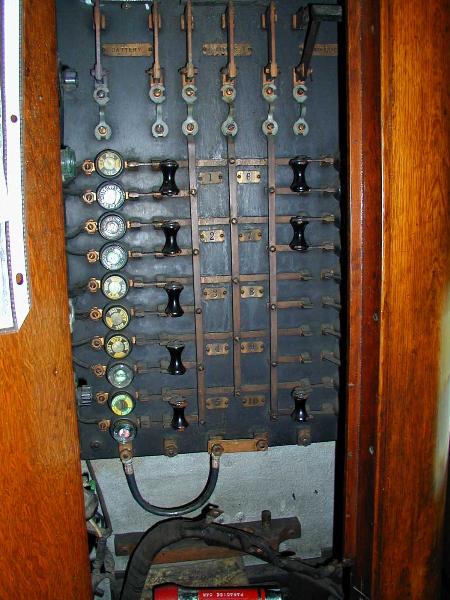Re: 1902 electrical panel
Before I bought the house I currently live in I rented an apartment in a house that was built in 1909,not sure if it was wired at the time it was built but I'd say probably.Owner was a Master electrician and HVAC contractor,he had 40-odd rentals and went to school and got his licenses because Code Enforcement kept busting him for doing his own work. (and rightly so,IMO) at any rate he didn't want me or anyone else doing any work on the house.(another point we agreed on) The house was split into 4 apartments and he paid the utilities so the electrical was not necessarily split up.The house had one 'newer' (late 70's-early 80's) breaker panel that served four central air units and two fuse panels for the branch circuits.Once when he was out of town (a rare occurence) one of the fuses blew and my next door neighbor called his cell phone because her refrigerator was on that particular circuit. (I had nothing on the circuit) He called me and told me over the phone to go to the panel,remove the dead front and in the bottom was a few spare fuses,even knew which one it was and asked me to please this once change the fuse.I obliged him (mostly because I was single and sweet on the neighbor)and discovered exactly what you are describing,fuses on the hots and grounded conductors both.He told me a while later that it was common for a short period of time early in the 1900's.BTW he also owned a house a few blocks away that (he said) was built in 1905 that had three stories and an attic (four floors total) that all the floors were four-inch thick poured concrete,with rigid conduit all through it.Only one of those I ever saw.Also FWIW,it looked nothing like the posted picture,just looked like a 16 circuit fuse panel but only had 8 circuits in it.House burned down shortly after I moved,nothing to do with the electrical. (arson)

